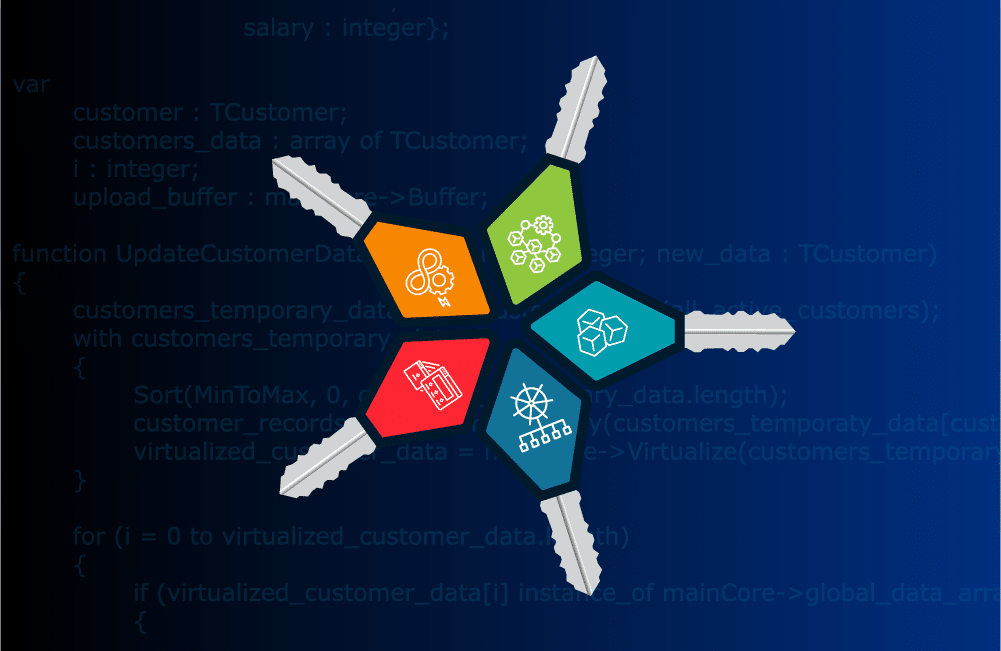Five Key Application Security Best Practices and Benefits for Maintaining Up-to-Date Dependencies


We’re using more code, software components, and dependencies than ever before, making security breaches an ever-growing threat. It’s easy for developers and DevOps teams to neglect dependency updates when faced with such high volume, but doing so allows applications to fall behind the latest versions if not properly managed. This typically leaves applications using outdated dependencies, which exposes them to ever-increasing security debt and risk. It results in missing out on new features and bug fixes, lower agility for handling unexpected issues — including zero-day vulnerabilities — and increased risk of being exposed to publicly known vulnerabilities (around 90 percent of newly disclosed vulnerabilities are in non-latest versions).
This means that regularly maintaining and updating dependencies is crucial to ensuring application security. Developers and DevOps professionals must be aware of the risk involved in using outdated dependencies, as well as the benefits and best practices involved in updating them. Let’s look at the five key security best practices and benefits for maintaining up-to-date dependencies.
1. Patching vulnerabilities
Software vulnerabilities are generated and discovered on a regular basis, and outdated dependencies can pose a significant risk to the security of an application. Developers can address these vulnerabilities promptly by applying patches or updates released by the dependency’s maintainers. These patches often contain critical security fixes that mitigate vulnerabilities, reducing the attack surface and enhancing the overall security posture of the application.
Failure to promptly update dependencies can expose an application to vulnerabilities that malicious actors can exploit. Attackers actively scan for applications running outdated dependencies and leverage known vulnerabilities to compromise the application’s security. By ensuring that you have the most recent dependency updates, you can minimize the risk of these vulnerabilities being exploited and reduce the chances of a successful attack.
2. Compatibility and interoperability
By their very nature, dependencies are interconnected pieces of software that must work together seamlessly to ensure that an application functions properly. As developers introduce new features, update the underlying framework, or make architectural changes, dependencies may become incompatible or experience compatibility issues with other components of the application.
Therefore, keeping dependencies up to date helps maintain compatibility and interoperability between different software components. By using the latest versions, you’ll get relevant bug fixes, improved performance, and enhanced features that enable integration with other parts of the application. Outdated dependencies, on the other hand, may lack support for newer frameworks, languages, or APIs, hindering the application’s performance and introducing potential security weaknesses.
3. Dependency vulnerability scanning
Maintaining up-to-date dependencies is not just about applying updates. It also involves regularly assessing the security posture of the dependencies themselves, by scanning for vulnerabilities. Dependency vulnerability scanning tools and services can analyze which versions of dependencies are used in an application and provide insights into any known vulnerabilities associated with those versions.
By scanning dependencies for vulnerabilities, developers can proactively identify and remediate security issues before they are exploited. These scanning tools leverage public vulnerability databases, security advisories, and other sources of vulnerability information to identify potential risks. They can provide notifications or reports that highlight specific dependencies that require updates to address security vulnerabilities.
4. Improved stability and reliability
Updating dependencies helps developers fix bugs and address security vulnerabilities, thereby contributing to the stability and reliability of an application.
By staying up to date with dependencies, developers can provide a more secure and trustworthy application experience for end-users. This, in turn, helps prevent potential crashes, performance degradation, or unexpected behavior that could be exploited by attackers.
5. Community support and maintenance
Popular dependencies typically have active communities of developers and maintainers who contribute to their development, maintenance, and security. These communities monitor and address vulnerabilities and provide timely updates and patches when needed. By keeping dependencies up to date, you leverage the ongoing efforts of these communities, benefiting from the collective knowledge and expertise of a wider network of developers.
Be aware that outdated dependencies may no longer receive security updates or maintenance, leaving the application exposed to known vulnerabilities. By using the latest versions of dependencies, you can ensure that you’re not missing out on critical security enhancements provided by the community.
Updating dependencies is a must
Neglecting to update dependencies can lead to security breaches, unauthorized access to sensitive data, and compromised user trust, making dependency management a vital application security practice. Regularly reviewing and updating dependencies should be an integral part of the software development lifecycle, accompanied by thorough testing to ensure that updates do not introduce new issues. By prioritizing application security and staying vigilant in keeping dependencies up to date, you can stay one step ahead of potential threats and build robust and secure software systems.
